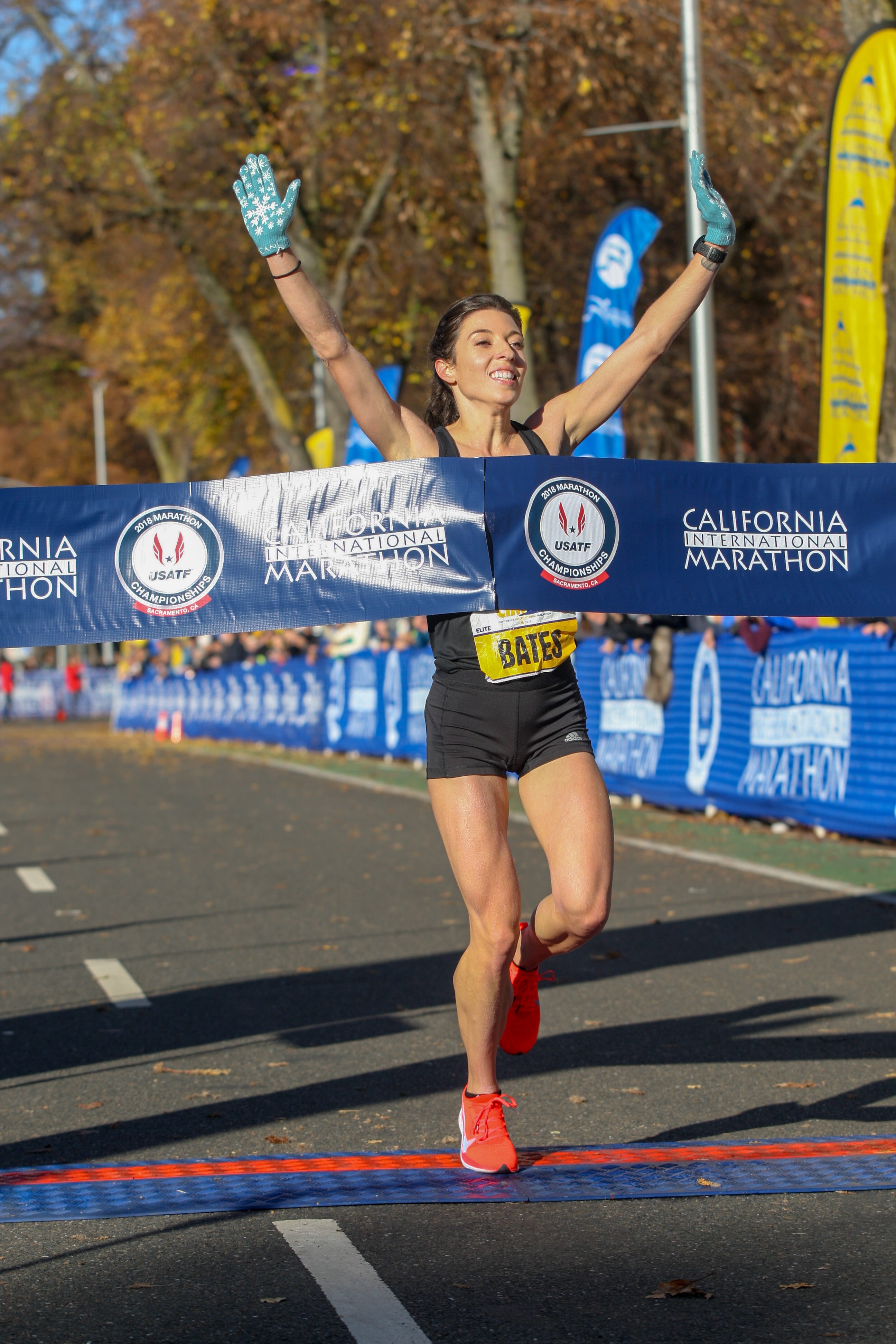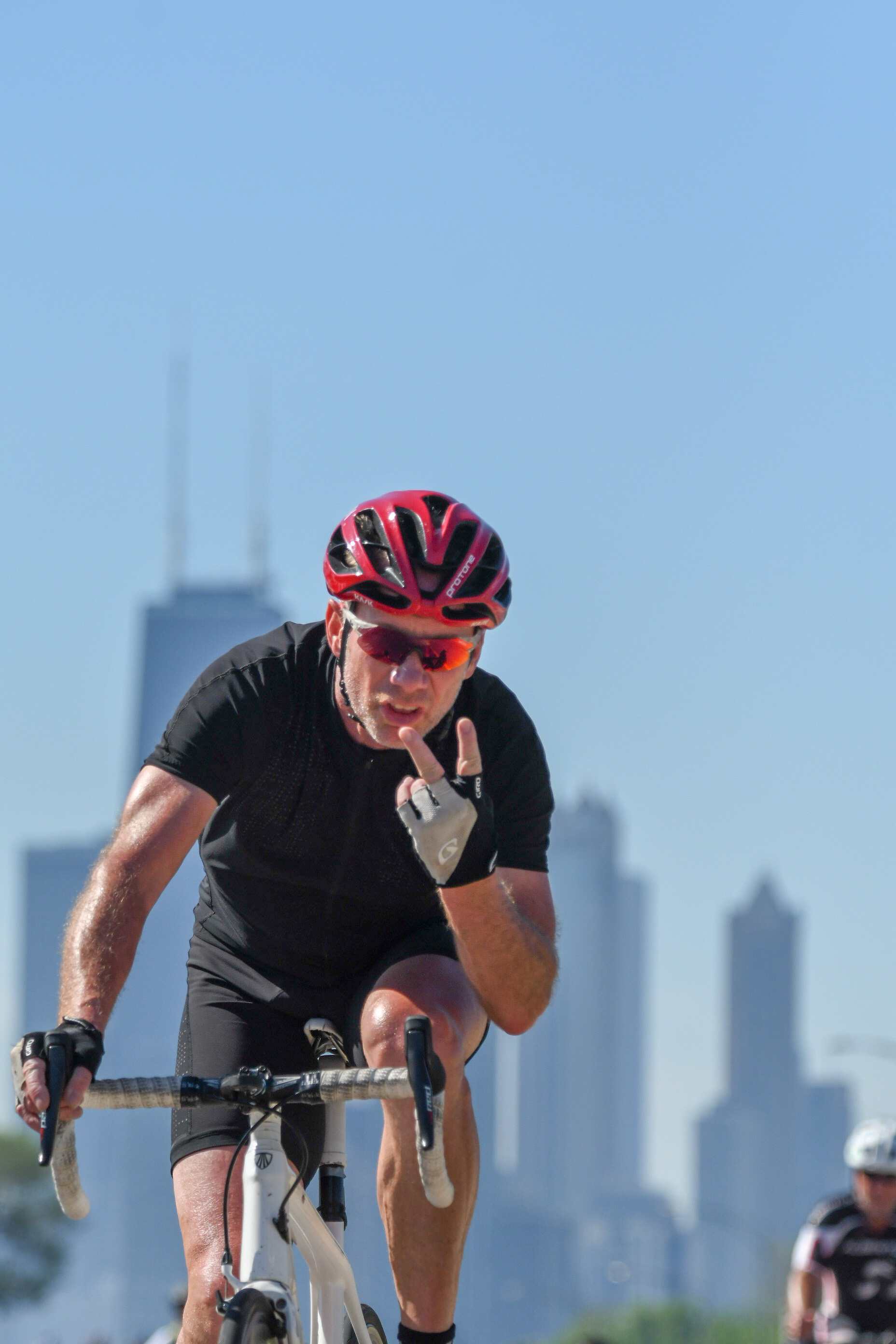Offering the Best Photography to Your Race Participants
We often talk to race directors and always hear "we want to do what's in the best interest of our participants," it goes along closely with "the customer is always right." In a day where participation overall is down across the industry, and when many races are losing participants to competing races on the same weekend it becomes difficult to know exactly what is the best decision is for your race to attract new athletes and bring new services to help grow your race and continue to maintain, if not grow, profit margins. In all cases, race photography is a part of the decision. Race directors ask us what is the best option, and there's no silver bullet; many think offering free photos is going to attract new athletes and be a huge boon to their race, however, there are many things to be wary of. We'll take a look at all the options on the market and help you decide what's the best for you.
Everyone thinks free photos to your participants is going to be a huge windfall to the race. It may be. It may not be. Ultimately if you want to have high-quality photos, someone's going to need to pay the professional photographers, and if you (the race director) aren't lowing your profit margins, you'll need to increase the price of your race. The question then becomes, does having a more expensive race with free photos make you more competitive on that weekend? Additionally, if you strongly market free photos to your participants, there is going to be both an expectation of quality and that you have a picture of them. This is a dangerous thing to do, particularly if you have a larger race (1000+ people) because it's nearly impossible to get a photo of everyone in every location; you're probably going to miss one or two people unless you flood the course with photographers. Some race directors are fine with one or two disgruntled photo-less people, but others don't want a single person complaining on social media. Its a delicate balancing act of managing expectations and making sure your race can afford to make this decision. Some races have been successful in subsidizing the cost of free photos through corporate sponsors. This works, however, be wary of big companies paying on 30, 60, or 90-day purchase orders, which can pinch cash flow.

The most dangerous method to provide photography is to get your friend, neighbor, dog, to come out and take photos for you. This may also be getting the timing company to provide automated photos for an included price for their services. Sports, and more specifically endurance, photography is a very, very, very specialized skill. Just because you know a professional wedding photographer does not mean they are competent to take photos at the finish line. You get what you pay for, and these inexpensive options will have repercussions online. If you're going to risk going this route, make sure your photographer reads our sports photography guide. As for automated cameras, these have been around for 10+ years and there is a reason the biggest races in the world still have photographers at the finish line. It's not a replacement for high-quality photography and conceivably won't be for at least 20+ years.
The original method of providing photography within the industry was to have the participants pay for it, and the race director pays nothing. Way back in the day when no one had a camera in their pocket, photography companies paid the race directors a profit share. The days of profit shares are over, however, it is still viable at races of 1000+ people for the photograph to photograph the race and sell photos to the runners, bikers, triathletes, or skiers. The participants are not obligated to purchase a photo, and there are no expectations that that photo will even be good, but the option is there if the participants want to capitalize on it. Depending on the race, this should cover the photographer's cost--for some 5ks it may not cover their costs, but it will be very close. This method of providing photos is great as it costs the race nothing, there are usually no complaints on social media as no one is obligated to purchase a photo, and you don't need to raise the cost of your race.
The big thing worth considering in this model is the price point at which the photographer is selling the photos at. If the price point is too high and it may upset the participants, too low and the photographer may not make enough to cover their costs. We typically recommend a price point around $7.99 to $15.99, with no package sales; we have historically seen the most traction in that area. This way, the lower price is attractive enough to just buy a single photo and no one feels suckered into paying $100+ for a package, you only buy what you want.

Its hard to have options outside of having the race pay or the runners. However, Flashframe has been creating services for photographers to create hybrid approaches between the two. If you can think of it, we probably beat you to the punch and have helped someone do it before. We've created the ability to add company logos to photos helping you work with sponsors to subsidize your photography. Our site gives you the ability to offer one-free photo through a coupon code, you can make a specific on course location free and have all other photos paid, you can vary prices of photos between locations, you can make low-resolution copies free and high-resolution photos paid, you could make photos with corporate logos free and high-resolution copies without the logo paid. Again, if you can think of it, we probably have too, and we have the tools to make it happen at your race. All of these options also come with their price trade-offs and pros and cons, so consider each before making a decision.
So when you're looking to do provide photos to your participants this year, make sure to give Flashframe a call before you do so. We directly manage photography at some of the world's largest races and work with dozens of local photography companies who utilize our software to manage their race photo sorting and sales. Our platform offers a number of advantages in turning photos around to participants in record time through automated bib tagging algorithms; ultimately speed in getting photos to participants is another key to success in this, but a topic for another blog. Regardless of your size race, we're ready to help you make the decision that will help your race get to the next level.